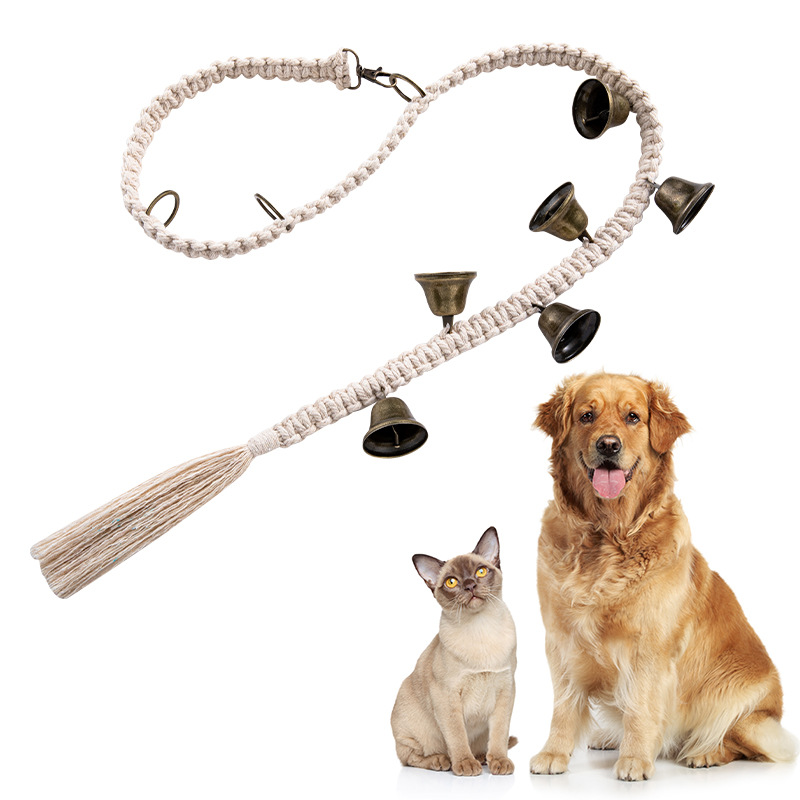Choosing the right dog doorbell is a crucial decision for pet owners, and it becomes even more critical when considering the size of the dog. Large and small breed dogs have different needs and requirements, and these variations can influence the selection of a suitable dog doorbell.
In this article, we will explore the differences in selecting dog doorbells for large and small breed dogs and highlight the key factors to consider for each.

Difference aspects
In this part,we will talk about 6 difference aspects between large and small breed dogs in selecting dog doorbells.
Size and Dimensions
One of the most obvious differences when selecting a dog doorbell is the size and dimensions. Large breed dogs require a dog doorbell with a spacious opening to comfortably accommodate their size, allowing them to pass through with ease.
On the other hand, small breed dogs need a doorbell with a smaller opening that is proportionate to their size, preventing any unnecessary struggle or discomfort when using the doorbell.
Strength and Durability
Large breed dogs tend to be more powerful and stronger than their small counterparts. As a result, dog doorbells for large breeds must be constructed with robust materials and sturdy build to withstand the force and wear from these powerful dogs.
On the other hand, dog doorbells for small breed dogs can be made with lighter materials while still ensuring durability.
Height Adjustment
Considering the height of the dog is vital when choosing a dog doorbell. Large breed dogs have varying heights, especially during their growth phases, so a height-adjustable dog doorbell is ideal to cater to their changing needs.
For small breed dogs, a fixed height dog doorbell that matches their height at maturity is sufficient.
Motion Sensing Technology
Motion-activated dog doorbells are a popular choice for both large and small breed dogs. However, the sensitivity of the motion sensors may need to be adjusted differently for each size.
Large breed dogs may require higher sensitivity to detect their movements accurately, while small breed dogs may need lower sensitivity due to their smaller size and lighter movements.
Audible and Visual Cues
Both large and small breed dogs benefit from dog doorbells that provide audible and visual cues to alert their owners. However, the volume and tone of the audible signals may need to be adjusted accordingly.
Large breed dogs may require louder and more distinct chimes or sounds to capture their attention, whereas softer and gentler sounds may be more suitable for small breed dogs.
Training Needs
Training plays a vital role in introducing dogs to their doorbell. Large breed dogs may require more patience and consistent training due to their size and strength.
On the other hand, small breed dogs may be more easily trained with positive reinforcement techniques.

Conclusion
Selecting the right dog doorbell for large and small breed dogs requires careful consideration of their unique needs and characteristics. Size and dimensions, strength and durability, height adjustment, motion sensing technology, audible and visual cues, and training needs are some of the key factors to differentiate between dog doorbells for large and small breed dogs.
A well-chosen dog doorbell will provide both large and small breed dogs with independent outdoor access while fostering a harmonious and rewarding relationship between pets and their owners.
 Doreen
Doreen